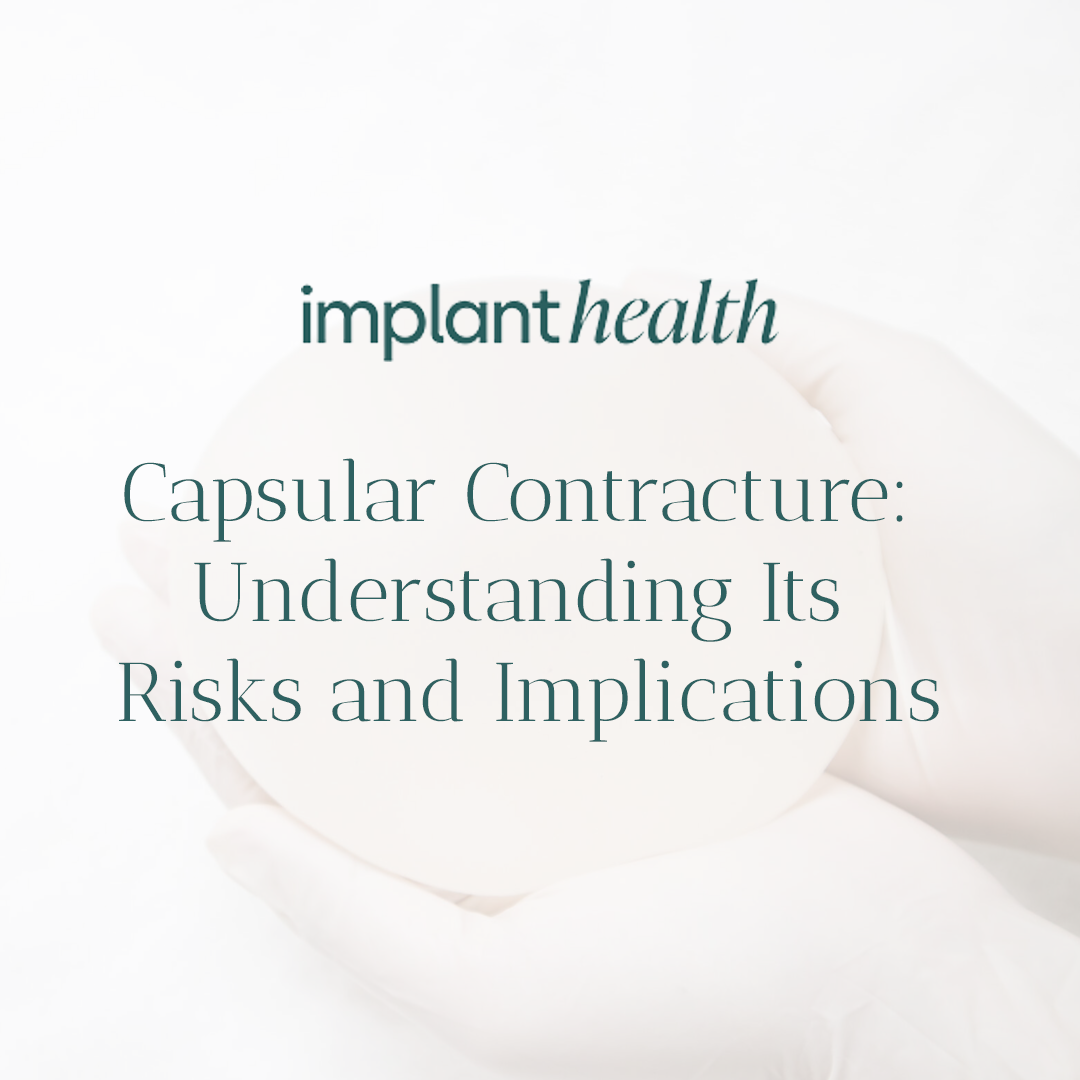Capsular Contracture: Understanding Its Risks and Implications

Breast augmentation is one of the most commonly performed cosmetic surgeries worldwide, the transformative procedure that promises renewed confidence and self-image for many women. However, one potential post-augmentation complication that can loom over the benefits is capsular contracture. In this article, we’ll explore what capsular contracture is, how to identify it, and its implications for those affected.
Understanding Capsular Contracture
During breast augmentation, the body’s natural response to the presence of foreign material (like breast implants) is to form a capsule of scar tissue around the implant. In some cases, this capsule can tighten and contract, leading to capsular contracture. The condition can cause discomfort, change in breast appearance, and in severe cases, pain and distortion.
Grading the Severity
Capsular contracture is classified on a four-stage scale, known as Baker grades. Grade I is when the breast appears normal, while grade II encompasses a slight hardening of the breast. In grade III, the hardening is significant, with a notable change in breast shape, and grade IV presents as a painful, distorted breast.
Common Causes
Multiple factors contribute to capsular contracture, including subclinical infection, bleeding, or trauma during surgery, implant rupture, and texturing of the implant surface. Although the exact cause is not always clear, some evidence suggests that the bacterial film that forms around implants could trigger an immune system response leading to contracture.
Identifying Capsular Contracture
Early detection of capsular contracture is key to minimizing its impact and seeking treatment. Patients should regularly perform self-exams and seek immediate medical advice if they notice any of the following:
- Sudden changes in breast size or shape
- Breast pain
- Firmness
- Visible rippling or dimpling of the breast
- High-riding or misaligned implants
Seeking a consultation with a board-certified plastic surgeon is crucial for a proper diagnosis and personalized treatment plan.
Implications and Treatment Options
The risks of capsular contracture vary depending on the severity and the individual’s health. Sometimes, the only intervention needed is surveillance and reassurance. Other times, surgical procedures like capsulectomy, where the scar tissue is removed, may be necessary.
Ultimately, the fear of capsular contracture should not overshadow the many benefits that breast augmentation can provide. By understanding the condition and its implications, individuals can make informed decisions and seek timely assistance if needed.